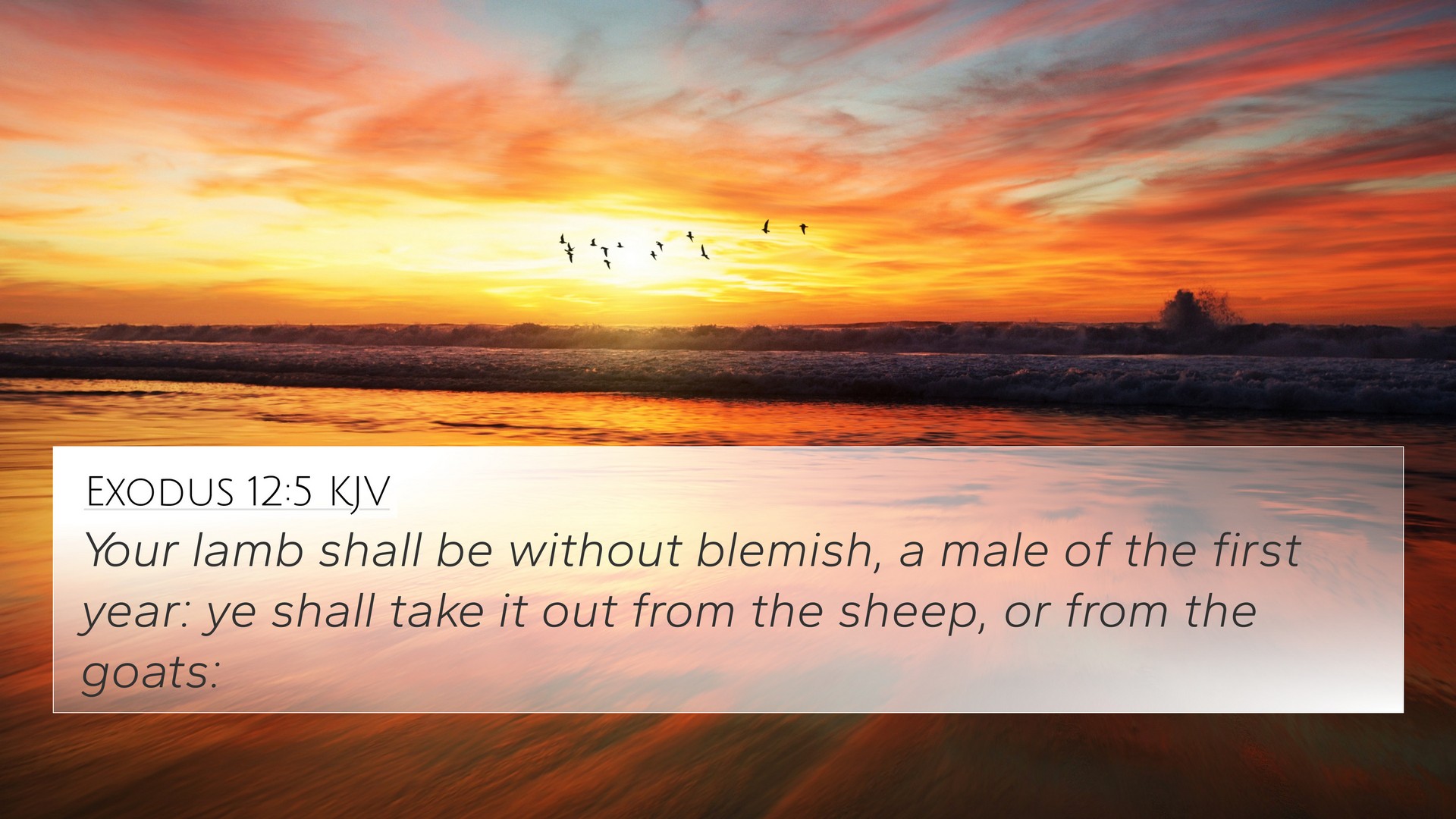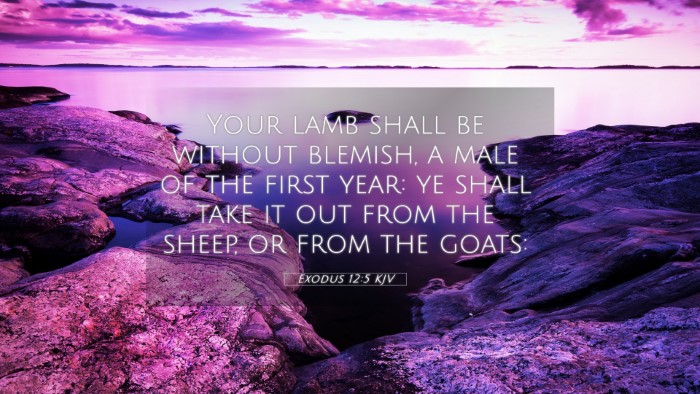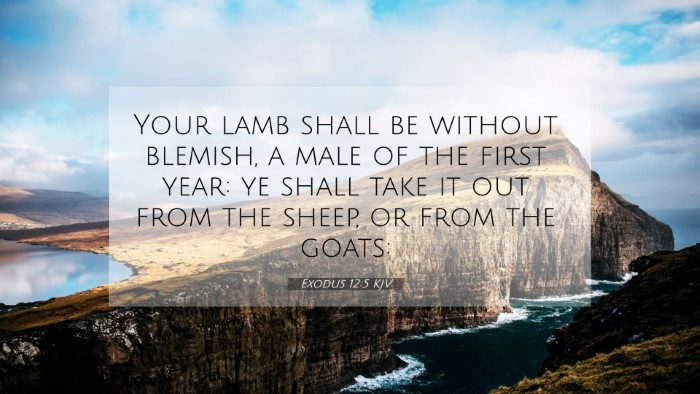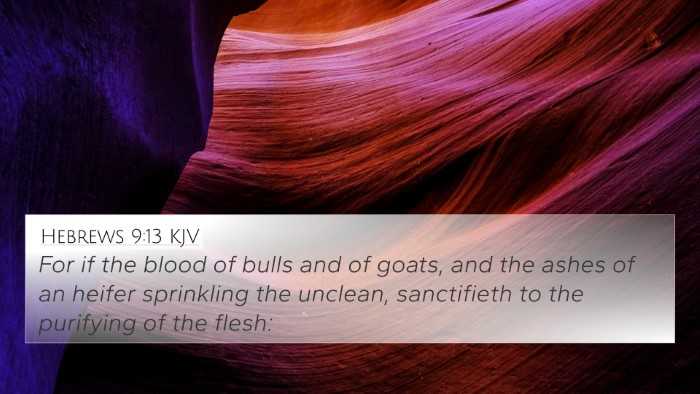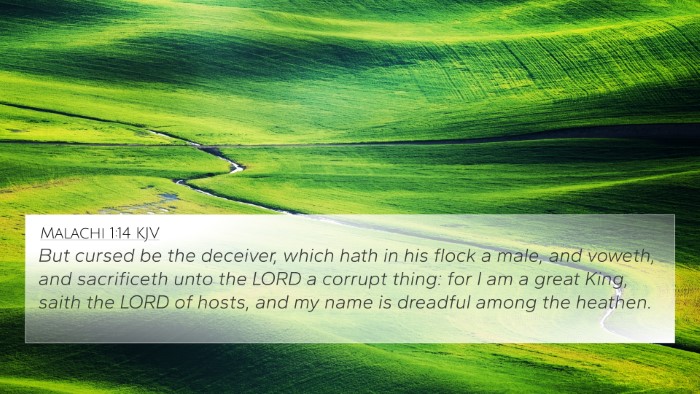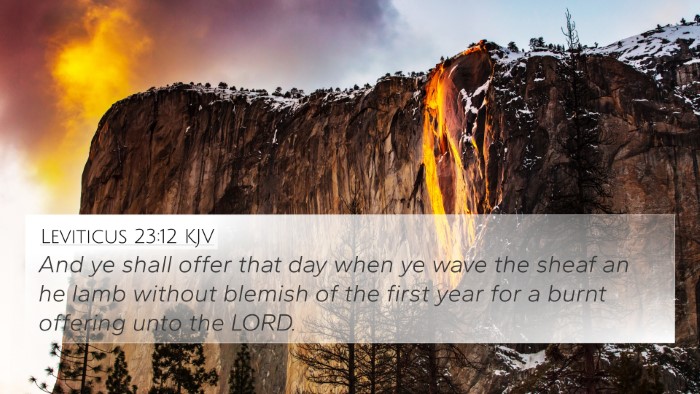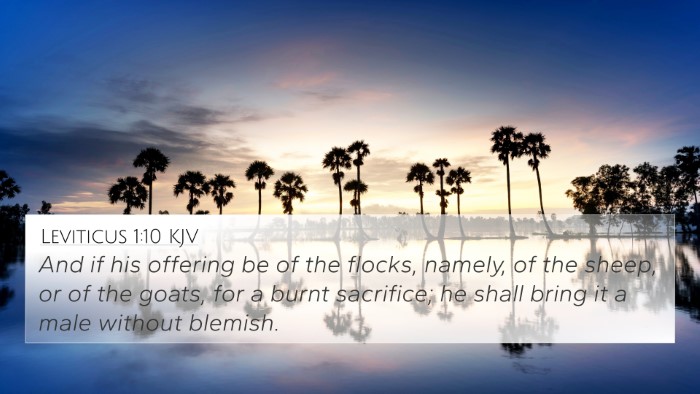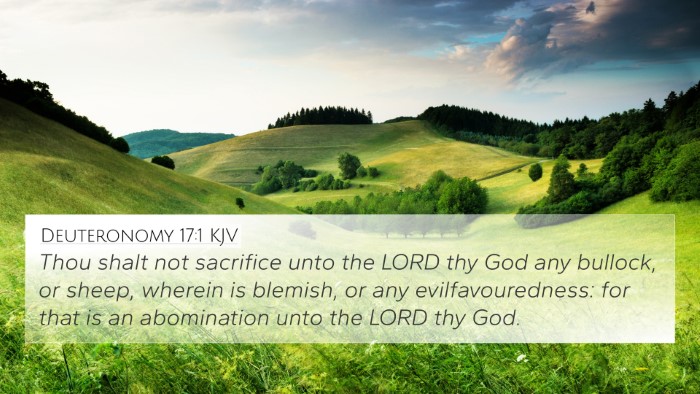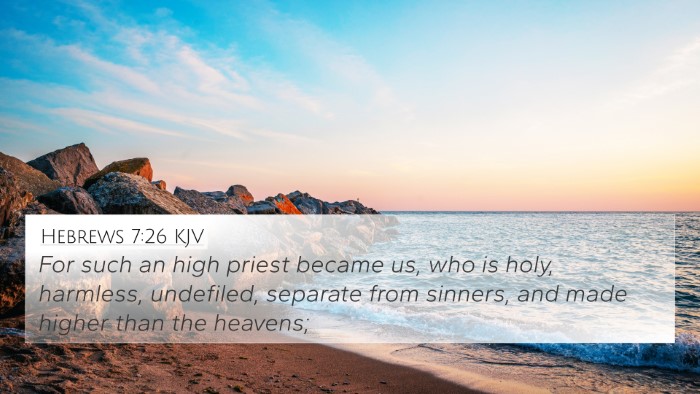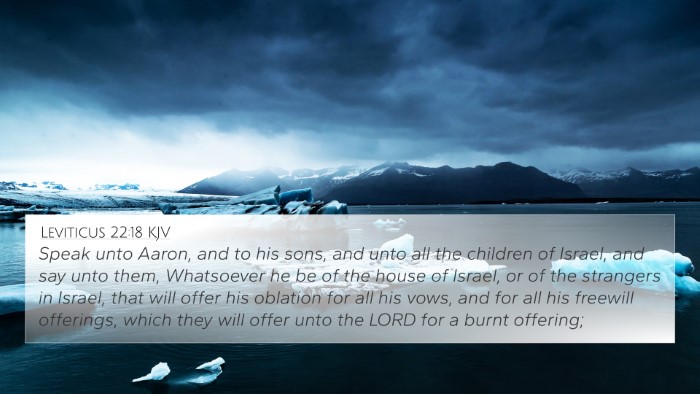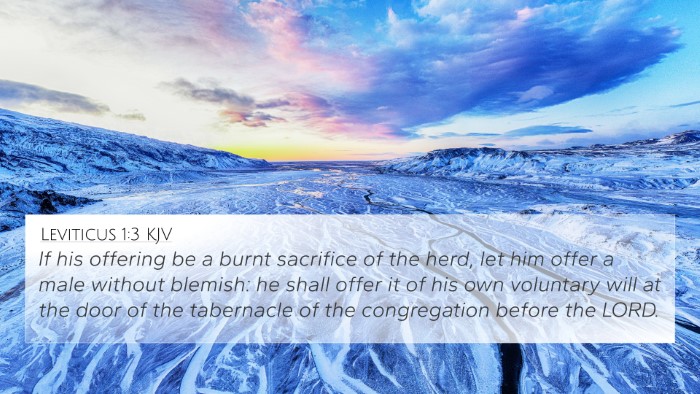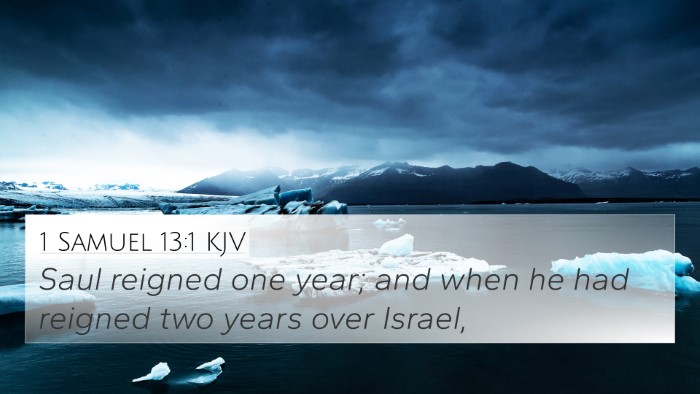Understanding Exodus 12:5
Exodus 12:5 states: "Your lamb shall be without blemish, a male of the first year: you shall take it out from the sheep, or from the goats." This verse is part of the instructions given to the Israelites regarding the Passover lamb, which plays a crucial role in the deliverance from Egypt.
Summary of Insights
Various commentaries provide rich insights into this verse, drawing connections with other Biblical themes and scriptures. Here, we summarize the interpretations:
-
Matthew Henry's Commentary:
Henry emphasizes the significance of the lamb as a symbol of purity and innocence. The requirement for it to be without blemish reflects the need for perfection in sacrificial offerings. This lays the groundwork for understanding Christ as the ultimate Passover Lamb, who would be sacrificed for humanity's sins.
-
Albert Barnes' Commentary:
Barnes points out that the male lamb signifies strength and vitality, indicating that the sacrifice must be of the best quality. The instruction to select a lamb from the sheep or goats hints at the flexibility of God's requirements, permitting relation to the people's circumstances, and establishing the universal nature of salvation.
-
Adam Clarke's Commentary:
Clarke focuses on the practical implications of this command. He notes that the lamb's selection was a communal act, binding the Israelite families in anticipation of their deliverance. This gathering underscores the importance of faith and unity in the face of impending judgment.
Inter-Biblical Connections
Exodus 12:5 serves as a profound link in the fabric of Scripture. Here are several cross-references that enhance its meaning:
- John 1:29: "The next day John saw Jesus coming toward him and said, 'Behold! The Lamb of God who takes away the sin of the world!'" – This establishes Christ's role as the fulfillment of the Passover lamb.
- 1 Peter 1:19: "But with the precious blood of Christ, as of a lamb without blemish and without spot." – This verse reinforces the idea of sacrificial perfection.
- Hebrews 9:26: "He has appeared to put away sin by the sacrifice of Himself." – This illustrates the ultimate sacrifice needed for redemption.
- Isaiah 53:7: "He was oppressed and He was afflicted, yet He opened not His mouth; He was led as a lamb to the slaughter." – A prophetic foreshadowing of Christ’s sacrificial role.
- Revelation 5:12: "Saying with a loud voice: 'Worthy is the Lamb who was slain…'" – Celebrating Christ as the Lamb and His sacrifice in heaven.
- Luke 22:7: "Then came the day of Unleavened Bread, when the Passover must be killed." – Connecting the Passover observance to Christ's Last Supper.
- Matthew 26:26-28: "And as they were eating, Jesus took bread…" – Establishing a connection to the new covenant in Christ's blood.
Thematic Connections
The themes of sacrifice, redemption, and deliverance are prevalent in this verse. Understanding these themes through cross-referencing enriches our comprehension of God's plan for salvation:
- Examples include the lamb's representation of innocence and the idea of substitutionary atonement demonstrated throughout the Old and New Testaments.
- The connections between the sacrificial system outlined in the Law and Jesus' ultimate sacrifice on the cross highlight the continuity of God's redemptive purpose.
- This verse also calls attention to the obedience required of the Israelites to partake in the Passover—symbolic of the faith and actions required for salvation in Christ.
Cross-Referencing Tools and Methods
Understanding and utilizing cross-referencing can deepen your biblical studies and enrich your faith journey:
- Bible Concordance: A comprehensive tool that helps locate verses and thematic connections.
- Bible Cross-Reference Guide: Useful for tracing connections between verses efficiently.
- How to Use Bible Cross-References: Analysis of themes can lead to a better understanding of scripture as a whole.
- Cross-Referencing Bible Study Methods: Engaging in discussions and studies that explore interrelated passages can illuminate God’s message.
Conclusion
Exodus 12:5 is not just a historical command but a foundational scripture that shines light on the character of God and His saving work through Jesus. By exploring this verse alongside its cross-references, we uncover a fuller understanding of the themes of sacrifice and redemption woven throughout the Bible.
